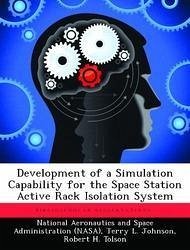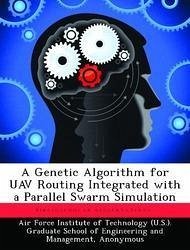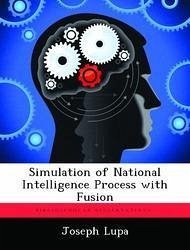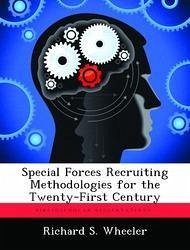Nicht lieferbar
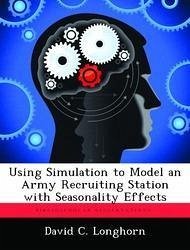
Using Simulation to Model an Army Recruiting Station with Seasonality Effects
Versandkostenfrei!
Nicht lieferbar
One of the toughest jobs in the Army is that of the recruiter. Recruiters are tasked with the awesome job of convincing young men and women to lay down their lives and freedoms for their country, and oftentimes for less money than can be earned in the safer environment of America's booming economy. Recruiters face enormous pressure from commanders to meet the mandated Army manning levels set each year by Congress. As the Army begins the 21st century, it is faced with having to support an increasing number of deployments with fewer soldiers. Soldiers face long and difficult days with the possib...
One of the toughest jobs in the Army is that of the recruiter. Recruiters are tasked with the awesome job of convincing young men and women to lay down their lives and freedoms for their country, and oftentimes for less money than can be earned in the safer environment of America's booming economy. Recruiters face enormous pressure from commanders to meet the mandated Army manning levels set each year by Congress. As the Army begins the 21st century, it is faced with having to support an increasing number of deployments with fewer soldiers. Soldiers face long and difficult days with the possibility of deployments away from families. Given these factors, along with the increasingly negative attitudes of today's youth regarding military service and the fierce competition among the services for recruits, it is easy to appreciate the Army recruiter. Previous research at the Air Force Institute of Technology (AFIT) has focused on simulating station level Army recruiting in terms of general processes and recruit types. This study is a follow-on work aimed at enhancing the current Army recruiting model to allow for recruiting seasonality effects. Past recruiting data will be analyzed for trends in recruit accessions categorized by recruit types during the year, and then these trends will be incorporated into the model. Next, we wilt design a simulation experiment to test different recruiting policies. Finally, we will conduct output analysis of the enhanced recruiting model using common techniques of simulation analysis. Much like the previous research in this area conducted at AFIT, this study is intended to help the United States Army Recruiting Command (USAREC) better understand the successes and failures of its recruiters. This work has been selected by scholars as being culturally important, and is part of the knowledge base of civilization as we know it. This work was reproduced from the original artifact, and remains as true to the original work as possible. Therefore, you will see the original copyright references, library stamps (as most of these works have been housed in our most important libraries around the world), and other notations in the work. This work is in the public domain in the United States of America, and possibly other nations. Within the United States, you may freely copy and distribute this work, as no entity (individual or corporate) has a copyright on the body of the work. As a reproduction of a historical artifact, this work may contain missing or blurred pages, poor pictures, errant marks, etc. Scholars believe, and we concur, that this work is important enough to be preserved, reproduced, and made generally available to the public. We appreciate your support of the preservation process, and thank you for being an important part of keeping this knowledge alive and relevant.






